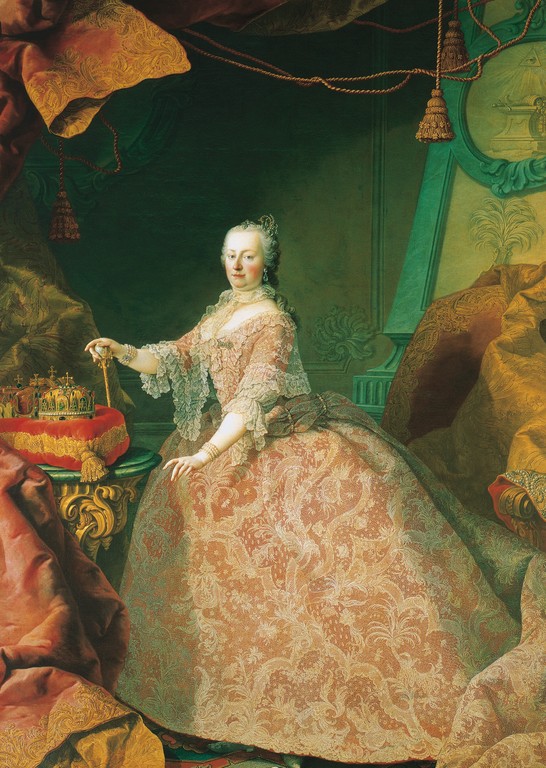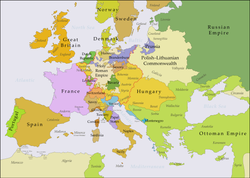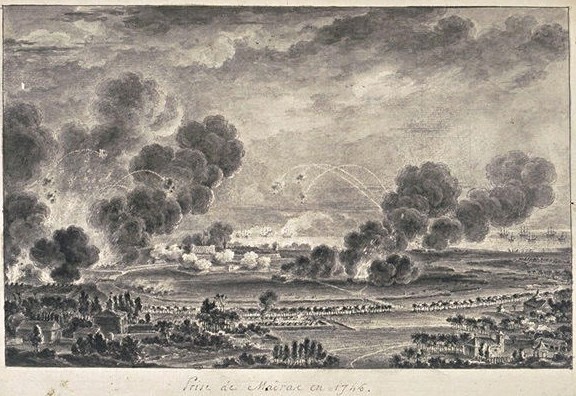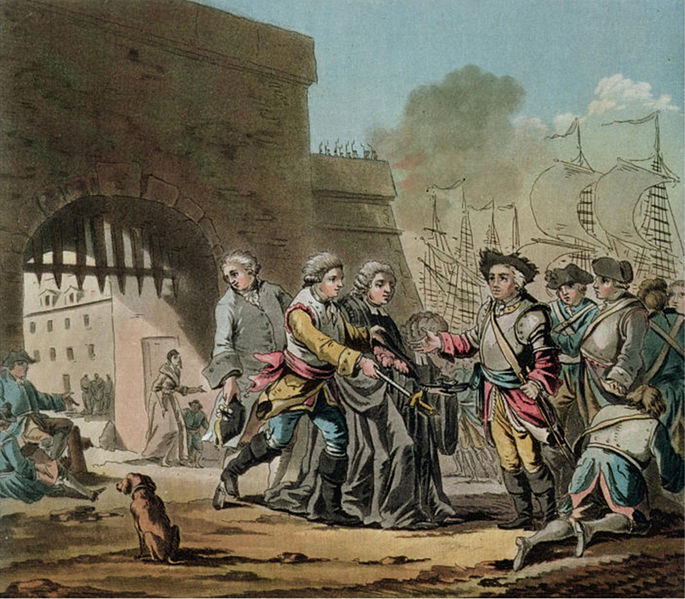In 1740, war broke out in Europe. The reason? The king of the Austrian Empire died that year. And in an unprecedented move, he left it so that his daughter, Princess Maria Theresa, would inherit the crown. Unfortunately, not everyone agreed with the former king. Other kingdoms and nations in Europe said that Maria could not rule the empire because she was a woman.

While this was certainly a part of the reason they were set against her, the real reasons were more political. Maria’s father, Charles VI, inherited the throne from his older brother, who had left behind only two daughters. When he had a daughter, he pressured the two elder princesses to give up their claim to the throne by offering them marriages into prominent royal families in Europe. Then he passed what was called the Pragmatic Sanction that allowed his daughter onto the throne.
This was hardly unprecedented in the history of kings and empire-making, but at that point the Austrian empire, or the Habsburg monarchy as it was also called, was tied up with the Holy Roman Empire and a whole host of other smaller kingdoms. None of them approved of what Charles had done. Then there was the fact that Austria was large and centrally located. Whoever ruled it was a worthy ally to have. For many of the other kingdoms, the uncertainty that Charles had created seemed a good excuse to try to get their favourite on the throne instead of Maria.
So the powers of Europe divided. On the side of Maria Theresa were Britain, Saxony, Sardinia and the Dutch Republics. Against her were the French, the Prussians, Bavaria and eventually Spain. There was bitter fighting in Europe, and in the far-flung colonies and trading posts that these kingdoms had established all over the world. One of these trading posts happened to be Madras or present day Chennai in the south Indian state of Tamil Nadu.

The French and British in India were already on bad terms. The war just added fuel to the fire. The French had set up their factory in Pondicherry and the British had settled down just a bit further north in Madras, both on India’s south-western coast. At that time Joseph-François Dupleix was the Governor General of Pondicherry.
Dupleix was an ambitious man. His main goal in India was to build a French empire that he could rule over. He saw Madras as a good stepping stone to the completion of that plan. In 1746, at the height of the war over Austrian succession in Europe, Dupleix invaded. His men took a fleet of ships up the coast from Pondicherry and launched an attack on the British fort in Madras. Within three days Fort St. George surrendered.
Madras stayed with the French until 1749. How did it pass back into British hands? Well back in Europe, the Austrian war of succession was finally at an end. All the powers involved, got together in a little town called Aix-la-Chapelle and signed a treaty that made Maria Theresa the empress. And all parties promised to give the territories they had taken from each other during the war back. So Madras went back to the British.

Was this the end of problems in Europe? Of course not. The treaty of Aix-la-Chapelle didn’t solve any of the real problems in Europe, and soon they were all engaged in another long war. And of course, the rest of the world was dragged into it as well. The French and British merrily attacked one another’s territories in India well into the 1850s. Then when the British Empire got control of most of India, they decided to allow the French to keep the few Indian settlements they had left.
If you want to hear more about how the British finally made India a part of its empire, join Storytrails on the British Blue Prints trail in Chennai. You could also find out more about French India and the ambitious Dupleix on the French Connections trail in Pondicherry.
Main Image Credit: The French, British, Dutch and Austrians at war in Rocoux, 1746


Archives
- January 2022
- December 2021
- November 2021
- August 2021
- March 2021
- February 2021
- January 2021
- December 2020
- November 2020
- October 2020
- September 2020
- August 2020
- April 2020
- March 2020
- February 2020
- January 2020
- November 2019
- October 2019
- September 2019
- August 2019
- July 2019
- June 2019
- August 2017
- February 2017
- January 2017
- October 2013
Featured Posts
- Tales that pots tell: Keeladi excavations AUGUST 18, 2021
- The Last Grand Nawab: Wallajah FEBRUARY 10, 2021
- How Tej Singh became Raja Desingu of Gingee FEBRUARY 5, 2021
- How Shahjahan seized the Mughal throne JANUARY 28, 2021
- Alai Darwaza – Qutub Minar Complex, Delhi NOVEMBER 21, 2020
- Marking History through British buildings NOVEMBER 17, 2020
- The last great queen of Travancore NOVEMBER 7, 2020
- Brahmi and the evolution of scripts OCTOBER 15, 2020
- The Cambodian King of Kanchipuram OCTOBER 14, 2020
- James Prinsep – the man who read the writing on the wall OCTOBER 10, 2020
- Mariamman – the Village Goddess who travelled SEPTEMBER 30, 2020
- Misnamed Monuments of Mamallapuram SEPTEMBER 28, 2020








